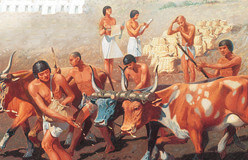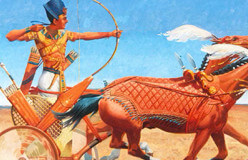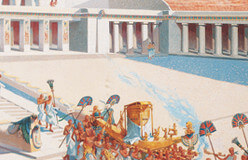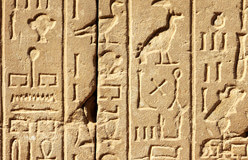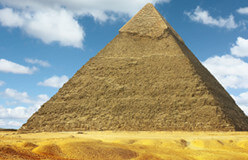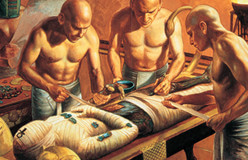Over time, Egypt’s villages formed larger kingdoms. By around 3100 B.C., Egypt was united into a single, powerful kingdom.
The reign of King Menes began the first Egyptian dynasty. A dynasty is a series of rulers who are all from the same family. Throughout its history, Egypt had more than 30 dynasties. Some time between 1554 and 1304 B.C., Egyptians began to call their king “pharaoh,” a term that comes from words meaning “great house.” In the beginning, Egyptians thought of their rulers as living gods. Later, they saw them as the link between the gods and the people of Egypt.
